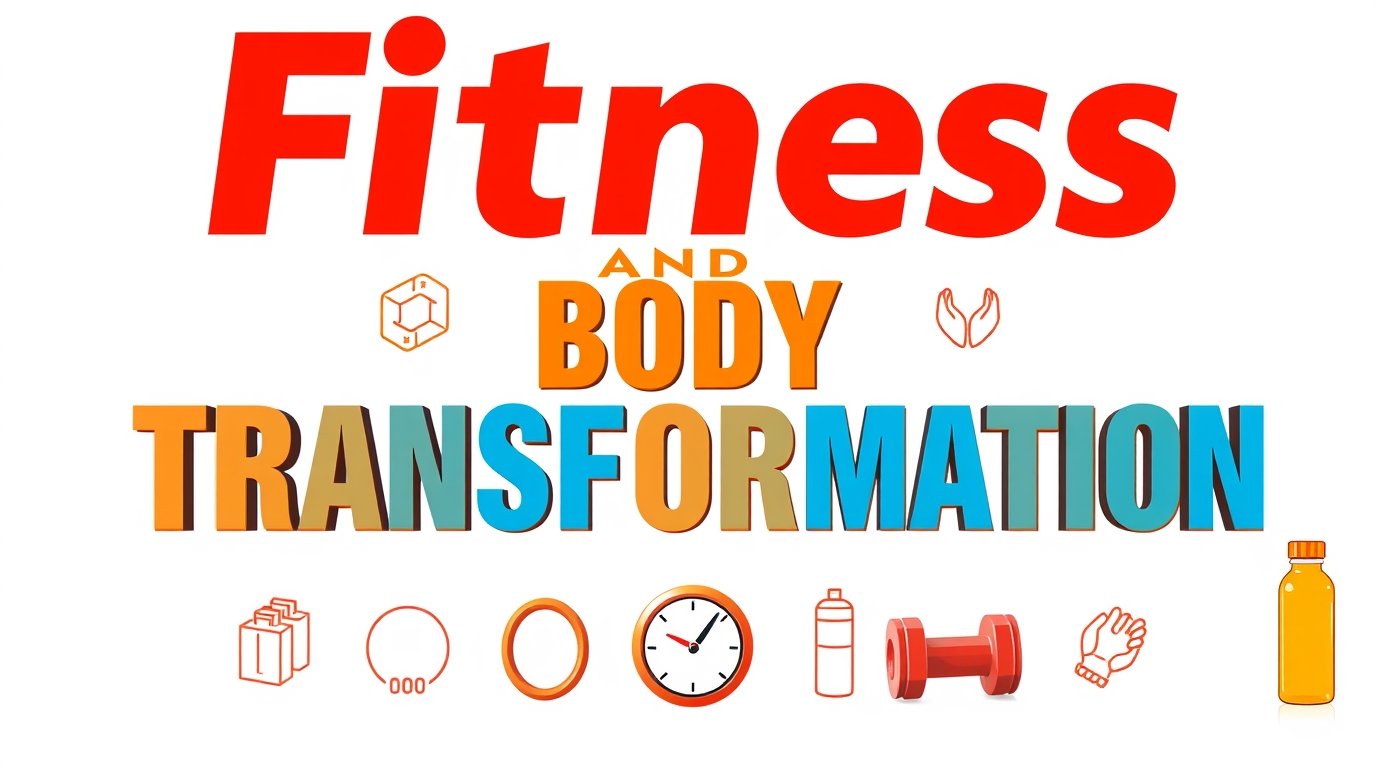Introduction: It’s been a long time since you’ve worked out. You had every intention of getting out of your chair and going to the gym, but distractions kept you from doing so. However, understanding what exactly exercising does to your body can provide all the motivation you need. From the initial pain as your body tears itself apart to the eventual strength, happiness, and health you gain, let’s explore the transformative journey of fitness. But be cautious; too much exercise can have detrimental effects. Read on to find out how much is too much.
Day 1 of Working Out: The Beginning of Transformation
Initial Challenges: Whether it’s been a few months or years since you last exercised, the day you start working out is the day your body begins to transform. This process will be full of ups and downs. As you step into the gym and start your routine, your body shifts the flow of blood to your skeletal muscles, converting stored sugars into glucose for energy. Lactic acid builds up, causing cramps and muscle fatigue, signaling your mind that it’s time for a break. However, your brain becomes incredibly active, creating neurotransmitters that aid in movement and coordination. As you sweat, your body temperature rises, and your sweat glands release fluid to cool you down, maintaining homeostasis.
The Aftermath: Recovery and Repair
Immediate Aftereffects: After an hour of working out, you collapse from exhaustion. Your body continues to metabolize lactic acid, and you might feel dizzy and slow. This is natural as your body returns to normal levels from a high state of stress. Overnight, while you sleep, your cells work hard to repair and strengthen your muscles. You might wake up the next day with aches and pains, indicating that your body is fixing itself and building muscle.
Pushing Through the Pain: Continuation of Exercise
Rest and Persistence: Rest is crucial, but it’s also important to keep your muscles active. Continuing to exercise provides muscles with more blood flow and nutrients, aiding in restoration. Stretching before and after workouts makes muscles more pliable and flexible, allowing for a wider range of motion. If you’re in severe pain, give your body time to recover and try again with a less intense workout regimen.
Week 1: The Initial Changes
Metabolism and Appetite: Even after one day of exercise, your body’s resting metabolic rate increases slightly. This is because it’s using more energy to repair damaged muscle cells. Surprisingly, you might feel a drop in your appetite due to the increase of certain hormones that help the body recover. This is why exercise is often recommended alongside diets for weight loss.
Month 1: Noticeable Improvements
Strength and Stamina: After a month of consistent exercise, you’ll notice improvements in strength and stamina. Your muscles grow more defined, and your body takes less time to recover after workouts. The mitochondria in your cells increase, producing more energy. Your heart pumps blood more efficiently, and your resting heart rate may be lower, improving blood pressure and reducing stress.
Month 3: Physical Changes
Muscle Definition: Three months into your routine, you’ll see physical changes. Your muscles are more defined, and the amount of stored fat is reduced. Depending on your goals, you might gain weight due to muscle growth. Your brain craves the endorphins released during exercise, making workouts a normal part of your day.
Year 1: A New You
Long-term Benefits: After a year of regular exercise, your muscle strength and endurance are much higher. You’re more flexible, have less joint pain, and enjoy benefits like reduced risk of heart disease and stroke. Exercise also positively impacts bone growth, mental health, and overall well-being.
Over-Exercising: Knowing Your Limits
Potential Risks: While exercise is beneficial, overdoing it can be harmful. Pushing your muscles too hard can lead to chronic muscle fatigue, heart issues, and even rhabdomyolysis, where muscle fibers break down and leak into your blood, causing major organ failure. Over-exercising can also disrupt sleep, increase stress hormones, and weaken your immune system.
Conclusion:
Starting an exercise routine is a journey filled with challenges and rewards. By understanding what happens to your body and listening to its signals, you can achieve long-term health and fitness goals. Remember to start slow, rest when needed, and maintain a balanced approach to exercise.
FAQs:
How long does it take to see noticeable changes in my body from exercising?
It typically takes about three months of consistent exercise to see physical changes in muscle definition and overall body composition.
Can over-exercising be harmful?
Yes, over-exercising can lead to chronic muscle fatigue, heart issues, disrupted sleep, increased stress hormones, and a weakened immune system.
How can I start an exercise routine without overdoing it?
Start with high-intensity workouts for short periods and gradually increase the intensity. Listen to your body and rest when needed.
What are the long-term benefits of regular exercise?
Long-term benefits include increased muscle strength and endurance, reduced risk of heart disease and stroke, improved mental health, and better overall well-being.
